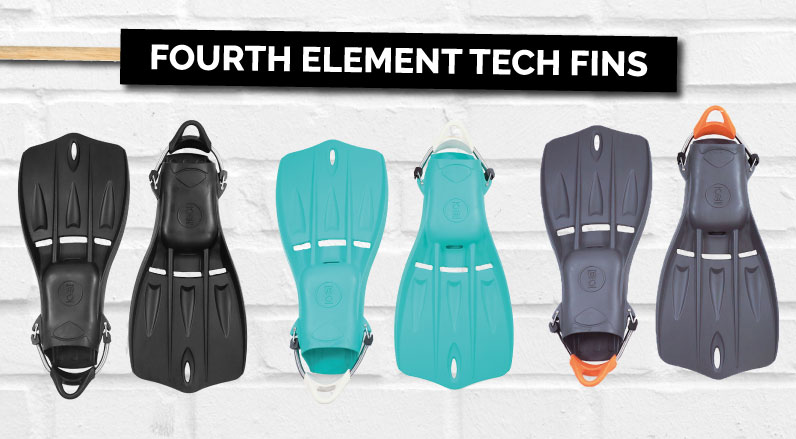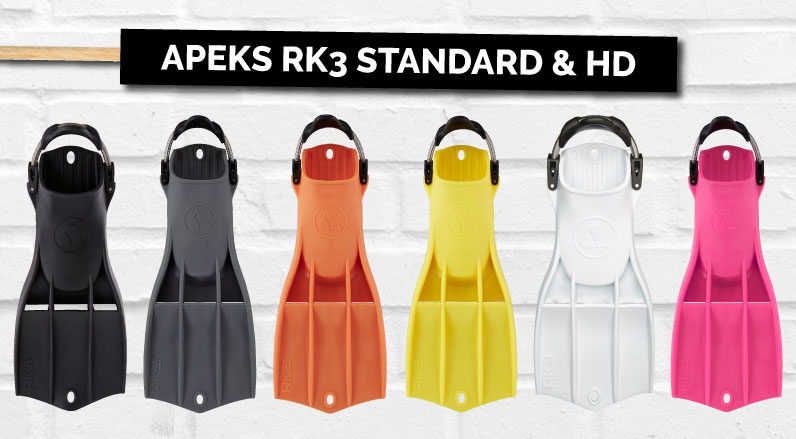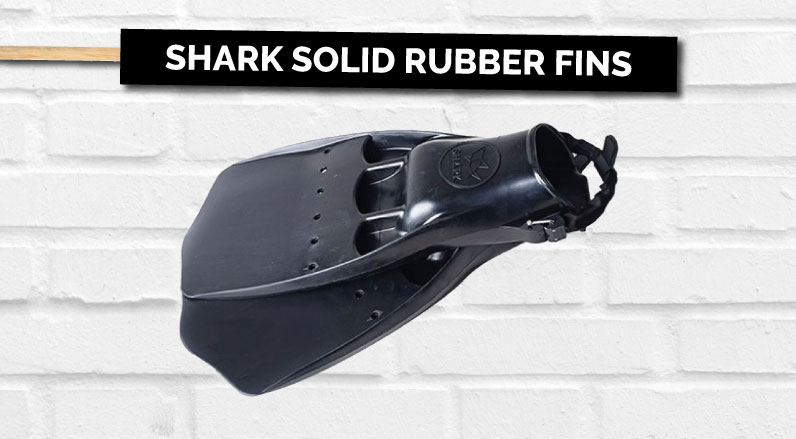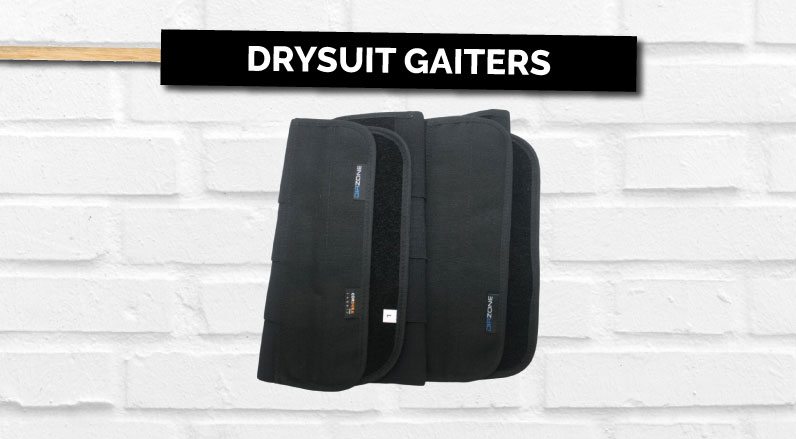Floaty feet can be super annoying when you’re scuba diving. It can be a problem for both wetsuit and drysuit divers. It throws your trim out of line and just makes the whole dive uncomfortable. You have to fight to bring them back down all the time which gets really tiring.
The problem can be even more of an issue if you’re diving in a drysuit. If your feet are constantly the highest point of your profile, you could find yourself in the predicament that every cold water diver dreads – upside down and heading for the surface feet first because all the air in your suit has found itself in your boots.
There is a solution to this problem, and before you resort to ankle weights (which will most likely make you feel like you’re a navy seal swimming with a weighted vest – your legs get so tired swimming with these!), have a look at these tips and the best fins for floaty feet.
WHY ARE MY FEET FLOATY WHEN I’M SCUBA DIVING?
Some divers have naturally floaty feet – that’s just the way your body is built. If you’re heavy set on your upper body (think olympic swimmer’s body type) then you’ll naturally be top heavy in the water. When you’re horizontal and trying to trim out, you’ll tend to settle in a slight head down, feet up position – that’s just your centre of gravity. You might find you take a similar position if you’re diving with a dumpy tank or have extra trim weights further up your body.
The gear that you use can also give you floaty feet. If you’re wearing thick neoprene booties and/or socks, you’ll have extra buoyancy in that area. The same can happen if you’ve added some extra layers in your drysuit boots to keep your tootsies warm.
And talking of drysuits, your position in the water might be causing a little bit of extra air to migrate to your feet, making them floaty. This is certainly what happens to me when I’m diving. If I stop in the water, I tend to roll forwards – probably because I’ve got a fair amount of weight in my high trim pockets, and I’m short so my centre of gravity is quite high up!
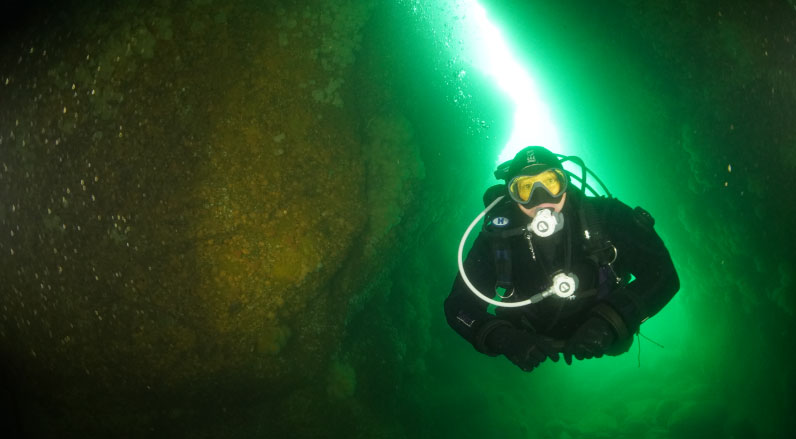
HOW TO DEAL WITH FLOATY FEET
There’s a few techniques you can try to sort out your floaty feet:
1. USE HEAVIER FINS
There are a million different options when it comes to scuba diving fins. They all boast different features, usually to do with the ease of propulsion, but some have a secret that make them perfect for divers with floaty feet!
The best fins for floaty feet are heavy, preferably made from solid rubber. This extra weight helps to balance your centre of gravity, bringing your feet down and improving your trim. The only downside is that this style of fin are very stiff – they give amazing propulsion but they do need a stronger kick. Oh, and you might need to pay for extra baggage if you want to take them on holiday!
Here’s my top picks for the best scuba diving fins for floaty feet:
The Fourth Element Tech Fins are fantastic for floaty feet. They’re super comfy and pretty bulletproof (I’ve certainly put them through their paces!) but when I do eventually change them (most likely because my colour scheme has changed hah!) they’re 100% recyclable.
The Apeks RK3 is available in two stiffnesses – standard and HD. Although I honestly can’t tell the difference between the two when I’m diving, in theory, the HD is stiffer and a little bit heavier. Which you choose may come down to colours. Only Black, Grey and Orange are available in HD.
These are the heaviest of the best fins for floaty feet, so they could be the best option for you if you’re really suffering. The Shark Fins are solid rubber. They’re indestructible, give excellent propulsion and they’re just super simple. As such, they’re a massive hit among tech divers. You best like black though… they don’t come in any other colour.
2. RUN YOUR DRYSUIT TIGHT
One thing that helps me deal with my floaty feet (apart from my fins) is that I run my drysuit tight. That means I don’t use it for buoyancy – I only add enough air to take the squeeze off and stay warm. I use my wing to control my buoyancy. This way, if I do find myself with floaty feet, there’s a minimal amount of air in my suit so if it ends up in my legs, it’s dead easy to sort out and there’s less risk of finding myself upside down! I also feel more in control during ascents as there’s less air to dump on the way up.
3. WEAR GAITERS
If you’re having problems with air migration around your drysuit, and it ends up in your boots making your feet floaty, drysuit gaiters can help stop the air moving around so much.
These stretchy coverings are worn on your legs, just above your ankles. Because they sit tight, it makes it more difficult for the air to move past down to your feet.
You might also find them useful if your drysuit boots are a little bit too big for you. The gaiters help keep them in place and less likely to slide off.
4. JUMP ON A BUOYANCY & TRIM WORKSHOP
Staying in trim during a dive takes practice. Tweaking the equipment you use will certainly help with your floaty feet, but it might not fix the problem on its own if your technique needs some work.
Your local dive centre will love to work with you on this – hit them up and get booked for a pool session so you can get some buoyancy and trim coaching. Instructors love to help fine-tune their diver’s skills. If you’re in the North East, give The Fifth Point Diving Centre a shout and get a session booked in the tank.
Your position in the water is so important. Good trim and buoyancy helps you feel more relaxed and in control (especially when you’ve practised so much it becomes second nature) which in turn reduces your gas consumption. It also helps you protect the ocean as you’ll never find yourself kicking up the bottom or touching the reef by accident.
Of all the skills learnt by divers, this is the one that takes the most time to master. Believe me when I say that I’m still practising on every dive, even after thousands of hours in the water! Be patient, try different equipment configurations, keep developing your skills, and I promise you’ll see improvements that help you overcome even the floatiest of feet!
STILL NEED MORE HELP?
Feel free to give us a shout if you need any help choosing the best fins for your floaty feet or to have a chat about other techniques that might help. If you can make it to Honest HQ, we could even do a session in our test tank to work out the best solutions for you.
